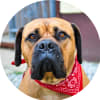Walker Hound Puppies
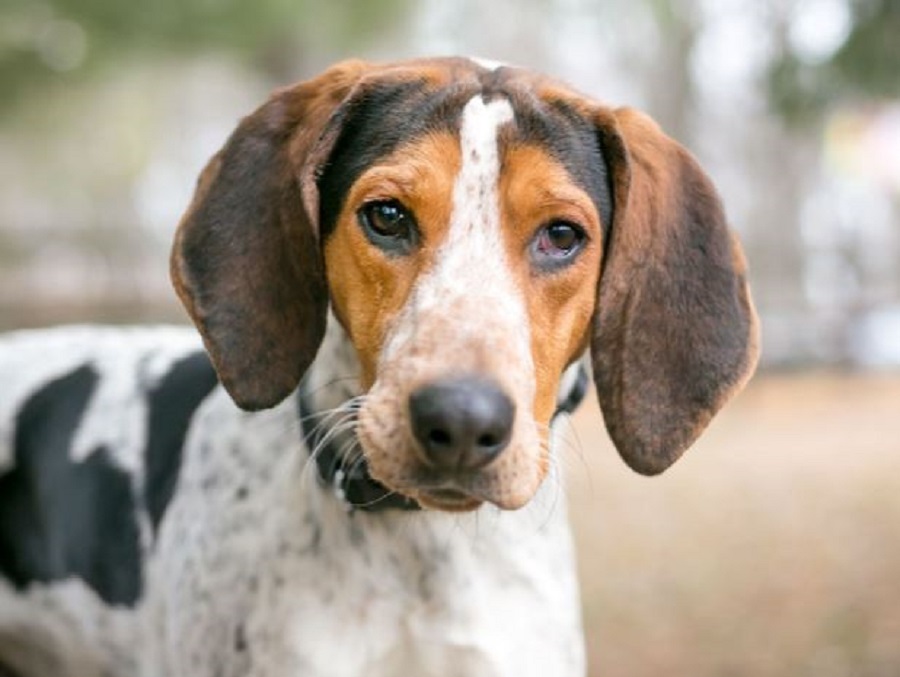
The Gentle and Friendly Walker Hound
These gentle, friendly hounds make great family dogs that are good with family and other dogs. They were originally bred to hunt raccoons but are easy to train in a variety of tasks.
Walker Hound At a Glance
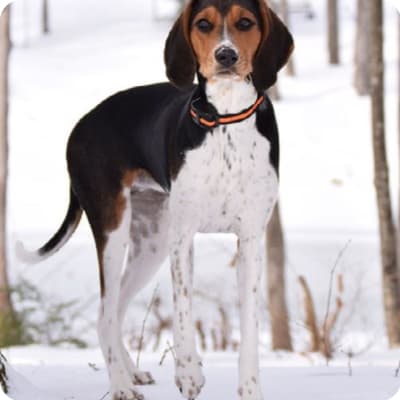
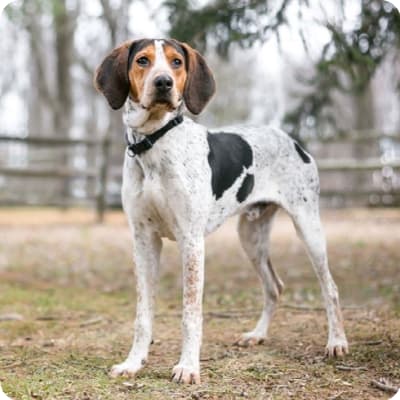
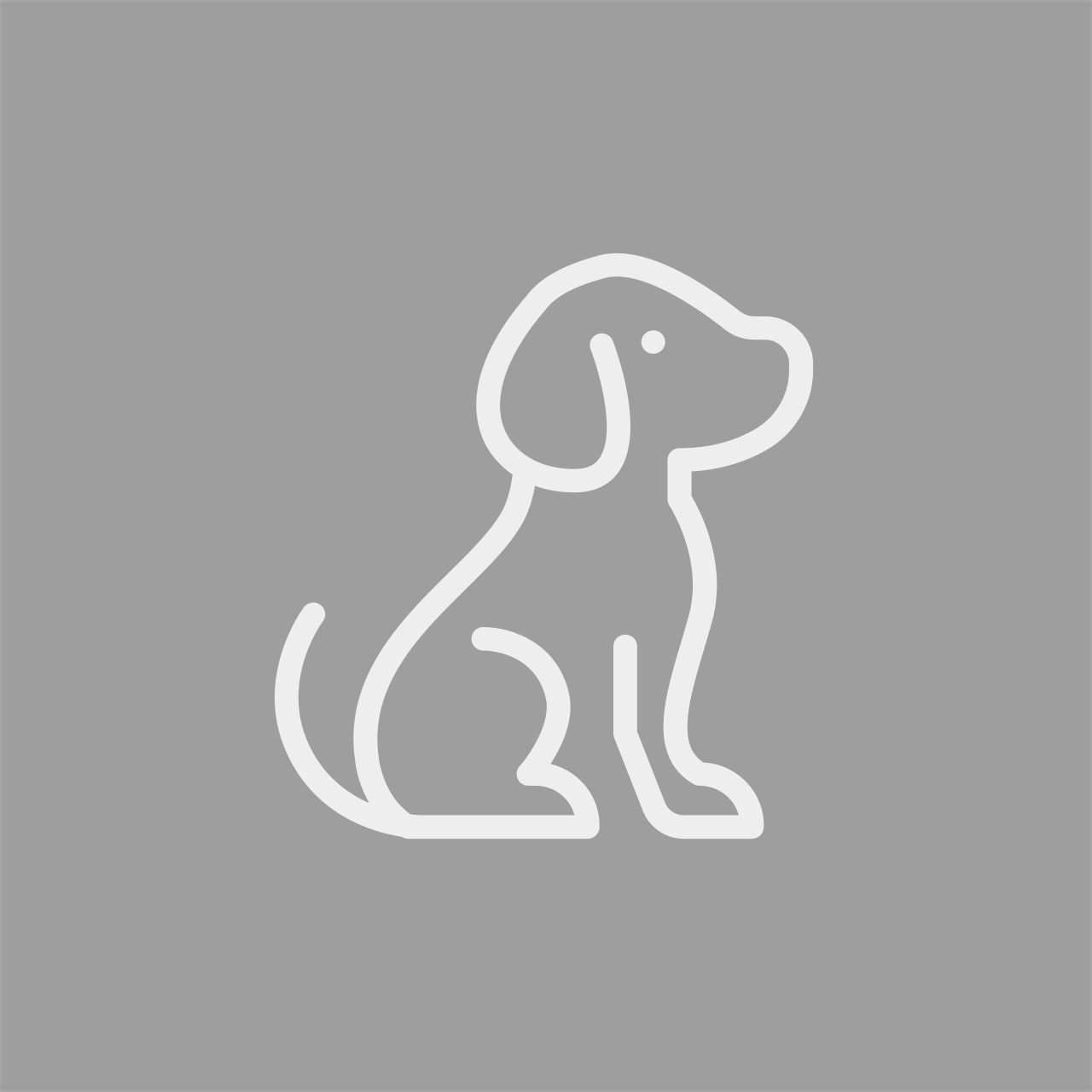

Walker Hound At a Glance
- Size: 20"-27", 50-70 lbs
- Lifespan: 12-13 years
- Energy Level: high
- Coat: Short and smooth
- Shedding: moderate
- Hypoallergenic: No
- Dog Group: Hound
- Common Nicknames:
Walker Hound Breed Guide
Learn More About Walker Hounds
